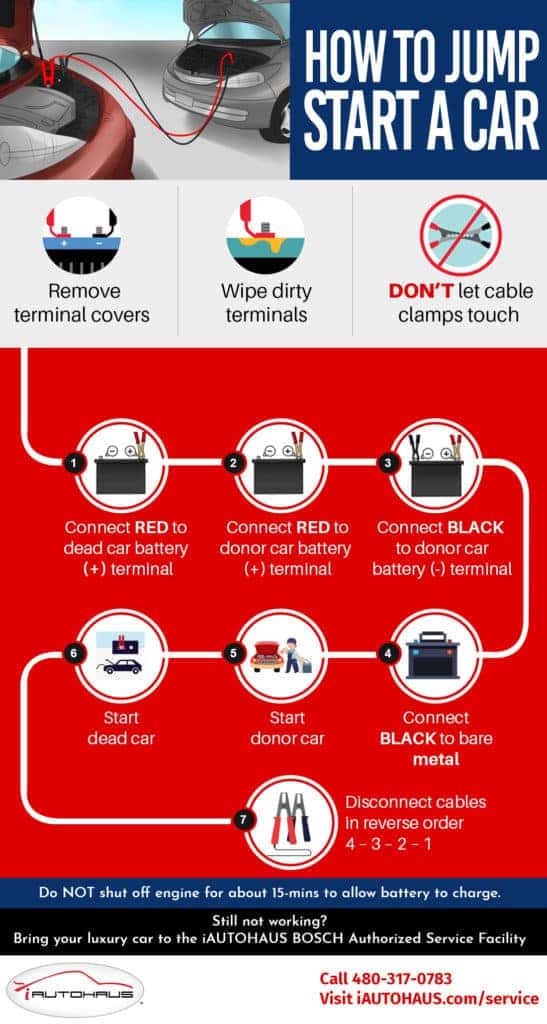
Finding yourself stranded with a dead battery is never fun. Luckily, there are several options available to get your car running again. This article will guide you through the different ways to jump start your car, from calling professional services to utilizing DIY methods. We’ll also discuss safety precautions and insurance coverage to ensure a smooth and safe experience.
This article will explore various jump-starting solutions, delve into the benefits of roadside assistance, highlight essential safety measures when using jumper cables, examine auto insurance policies for potential coverage, and provide insights into seeking help from mechanics.
Jump Start Your Car
A dead battery can leave you feeling helpless, but a jump start is often the quickest solution to get back on the road. Essentially, a jump start involves transferring electrical power from a working vehicle to your car with a dead battery. This temporary boost helps your car’s engine crank and start.
Before attempting a jump start, ensure both vehicles are turned off and in “Park” or “Neutral.” Connect the positive (red) cable to the positive terminal of the dead battery, then connect the other end to the positive terminal of the working battery. Next, connect the negative (black) cable to the negative terminal of the working battery and the other end to a grounded metal surface on your car’s engine block, away from the battery.
Once connected, start the working vehicle and let it run for a few minutes. Then, try starting your car. If successful, disconnect the cables in reverse order, starting with the negative cable. Remember, always consult your car’s manual for specific instructions and safety precautions.
Roadside Assistance Services
When facing a dead battery or other roadside emergencies, calling a professional roadside assistance service can be a lifesaver. These services offer a range of benefits, including jump starts, towing, tire changes, and fuel delivery.
Many auto insurance policies include roadside assistance as part of their coverage. Check your policy documents to see if you have this benefit. If not, consider purchasing a separate roadside assistance plan from a reputable provider.
Roadside assistance services often operate 24/7, providing peace of mind knowing help is available whenever you need it.
Jumper Cables Safety
While jumper cables can be a convenient solution for jump starting your car, safety should always be your top priority. Improper use of jumper cables can lead to serious injury or damage to your vehicle’s electrical system.
Always wear safety glasses and gloves when working with jumper cables. Ensure both vehicles are turned off and in “Park” or “Neutral.” Connect the positive (red) cable first, followed by the negative (black) cable. Disconnect the cables in reverse order, starting with the negative cable. Never touch the exposed metal parts of the battery terminals while the cables are connected.
If you’re unsure about any step of the process, consult your car’s manual or seek assistance from a qualified mechanic.
Auto Insurance Coverage
Many auto insurance policies offer roadside assistance as part of their comprehensive coverage. This benefit can be invaluable in situations like a dead battery, flat tire, or lockout.
Review your auto insurance policy documents carefully to determine if you have roadside assistance coverage. If so, familiarize yourself with the terms and conditions, including any limitations on service area or number of calls per year. Contact your insurance provider directly if you have any questions about your coverage.
Mechanic Assistance
If you’re unable to jump start your car yourself or are uncomfortable using jumper cables, seeking assistance from a mechanic is always a reliable option.
Mechanics have the expertise and tools to diagnose and resolve battery issues effectively. They can also inspect your car for other potential problems that may be contributing to the dead battery. Contact a trusted local mechanic or use an online service to schedule an appointment.
Conclusion
A dead battery can be a frustrating experience, but with the right knowledge and resources, you can quickly get back on the road. Remember to prioritize safety when jump starting your car, explore roadside assistance options, and consider your auto insurance coverage. If you’re unsure about any step of the process, don’t hesitate to seek professional help from a qualified mechanic.
